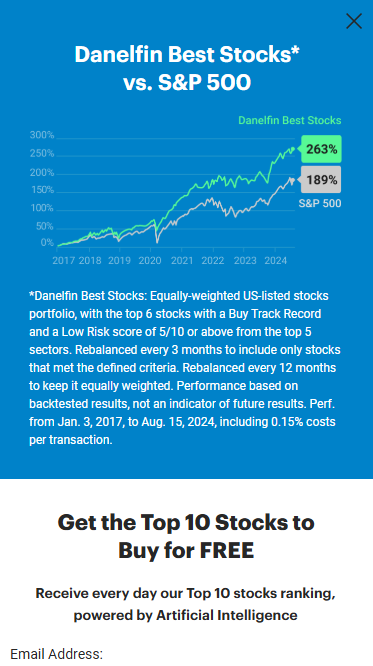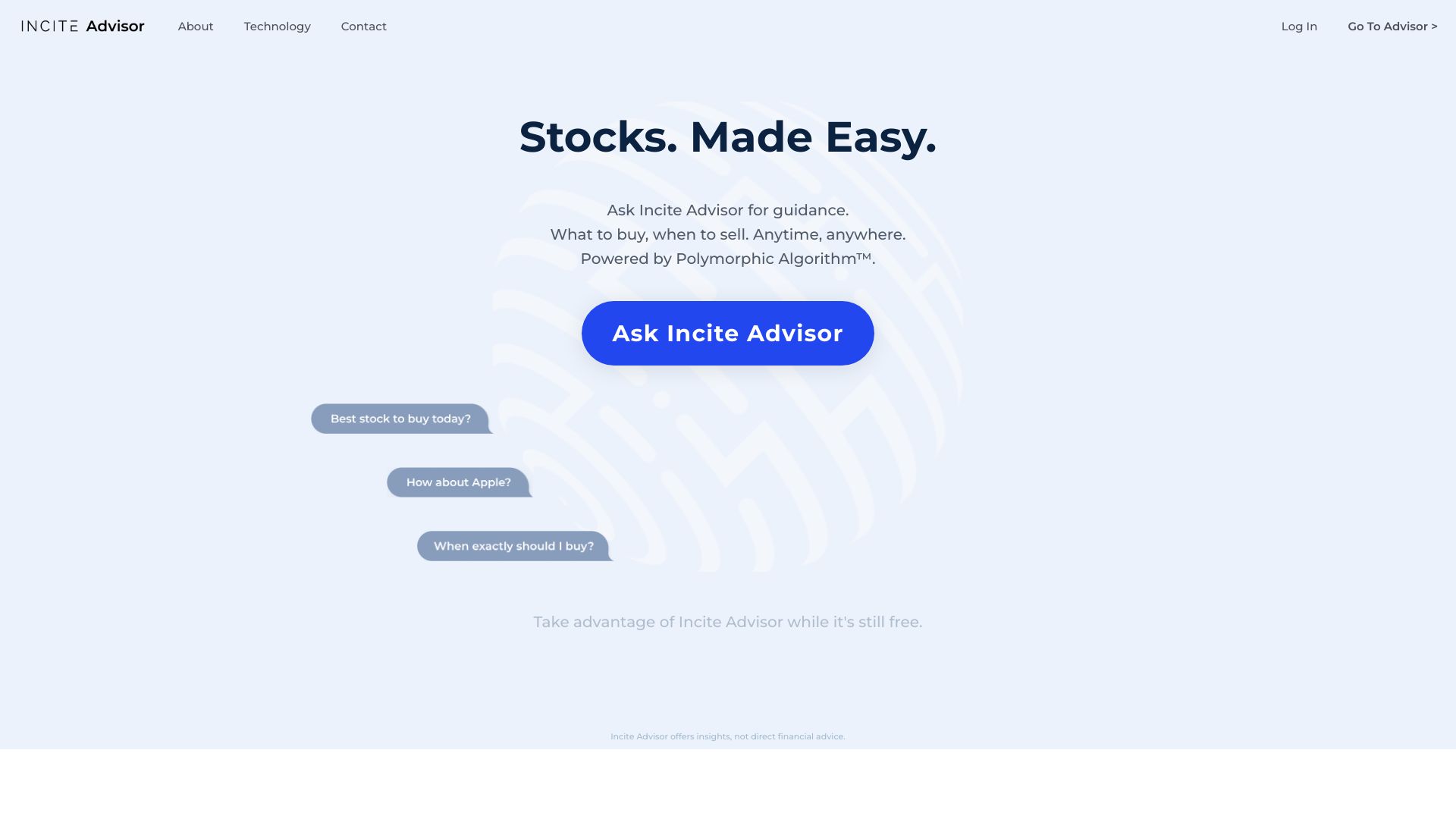20 Good Facts On Selecting AI Stock Picker Analysis Sites
20 Good Facts On Selecting AI Stock Picker Analysis Sites
Blog Article
Top 10 Tips On Assessing The Ai And Machine Learning Models In Ai Stock Analysing Trading Platforms
To get precise valuable, reliable and accurate insights, you need to test the AI models and machine learning (ML). Poorly designed or overhyped models can lead to flawed forecasts and financial losses. These are the top ten tips to evaluate the AI/ML models used by these platforms:
1. The model's design and its purpose
A clear objective: Determine if the model was designed for short-term trades or long-term investments, or sentiment analysis or risk management.
Algorithm Transparency: Make sure that the platform reveals what kinds of algorithms are employed (e.g. regression, decision trees neural networks or reinforcement-learning).
Customizability. Assess whether the model's parameters can be tailored according to your own trading strategy.
2. Measure model performance metrics
Accuracy. Check out the model's ability to predict, but do not depend on it solely because it could be false.
Precision and recall: Assess the accuracy of the model to discern true positives, e.g. correctly predicted price fluctuations.
Risk-adjusted results: Determine whether model predictions result in profitable trading in the face of accounting risks (e.g. Sharpe, Sortino and others.).
3. Test the model with Backtesting
Performance historical Test the model by using historical data and check how it performs in the past market conditions.
Out-of sample testing The model should be tested using data that it was not trained on to prevent overfitting.
Scenario-based analysis involves testing the accuracy of the model in various market conditions.
4. Be sure to check for any overfitting
Overfitting sign: Look for models that are overfitted. They are the models that do extremely well with training data, but less well on unobserved data.
Regularization methods: Check if the platform uses techniques like L1/L2 regularization or dropout in order to prevent overfitting.
Cross-validation is an essential feature for any platform to use cross-validation when assessing the generalizability of the model.
5. Assess Feature Engineering
Relevant features: Determine whether the model incorporates meaningful features (e.g., volume, price and emotional indicators, sentiment data macroeconomic variables).
Features selected: Select only those features which are statistically significant. Do not select redundant or irrelevant data.
Dynamic updates of features: Check to see how the model adapts itself to the latest features or changes in the market.
6. Evaluate Model Explainability
Interpretability: Ensure that the model has clear explanations of the model's predictions (e.g., SHAP values, feature importance).
Black-box Models: Watch out when platforms use complex models with no explanation tools (e.g. Deep Neural Networks).
User-friendly insights: Make sure that the platform provides actionable insights in a format that traders are able to comprehend and apply.
7. Test the ability to adapt your model
Changes in the market: Check if the model is able to adapt to new market conditions, such as economic shifts, black swans, and other.
Be sure to check for continuous learning. The platform should be updated the model frequently with new data.
Feedback loops. Make sure you include the feedback of users or actual results into the model to improve.
8. Examine for Bias in the Elections
Data biases: Check that the training data are valid and free of biases.
Model bias: Make sure the platform monitors the model biases and reduces them.
Fairness - Check that the model you choose to use isn't biased in favor of or against certain sectors or stocks.
9. Examine the efficiency of computation
Speed: Evaluate if you can make predictions with the model in real-time.
Scalability: Check if the platform can handle large datasets and multiple users with no performance loss.
Utilization of resources: Ensure that the model is designed to make optimal use of computational resources (e.g. the use of GPUs and TPUs).
Review Transparency, Accountability and Other Questions
Model documentation: Make sure that the platform offers detailed documentation regarding the model architecture, the training process and its limitations.
Third-party Audits: Determine if the model has independently been checked or validated by other organizations.
Check if there are mechanisms that can detect mistakes and failures of models.
Bonus Tips
Case studies and user reviews User reviews and case studies: Study feedback from users as well as case studies in order to assess the performance of the model in real-life situations.
Trial period - Use the demo or trial version for free to test the model and its predictions.
Support for customers: Make sure your platform has a robust assistance to resolve technical or model-related issues.
With these suggestions, you can examine the AI/ML models used by platforms for stock prediction and make sure that they are precise, transparent, and aligned with your goals in trading. See the top stock ai for site recommendations including ai for investment, ai trading, ai for investing, ai stock market, ai stocks, ai stock trading bot free, ai investment platform, best ai for trading, best ai for trading, ai trade and more.
Top 10 Tips On How To Evaluate The Scalability Ai Trading Platforms
It is crucial to evaluate the scalability and performance of AI-driven stock prediction and trading platforms. This will guarantee that they can cope with the increasing volume of data as well as market complexity and user demands. Here are 10 strategies for evaluating scaleability.
1. Evaluate Data Handling Capacity
Tip : Find out if the platform has the capability to process and analyze large datasets.
Why? Scalable systems have to handle data volumes that are increasing with no performance loss.
2. Test the capabilities of Real-Time Processing
See if your platform handles live streams of data in real-time including live stock quotes, or breaking news.
What's the reason? The analysis in real-time of your trading decisions is essential because delays could lead you to miss opportunities.
3. Cloud Infrastructure and Elasticity The Cloud Infrastructure and Elasticity
Tip: Determine if the platform uses cloud-based infrastructure (e.g., AWS, Google Cloud, Azure) and is able to scale resources dynamically.
The reason: Cloud platform elasticity allows the size of the system to change based on usage.
4. Algorithm Efficiency
Tip: Assess the efficacy of AI models used to make predictions (e.g. Deep Learning, Reinforcement Learning).
Why? Complex algorithms may require a lot of resources. Optimizing them so that they allow them to scale is crucial.
5. Study the parallel Processing and Distributed Computing
TIP: Make sure to check that the platform supports the frameworks of parallel processing or distributed computing frameworks.
The reason: These technologies speed up data processing and analysis on many nodes.
Examine API Integration and Interoperability
Check out the platform's integration capabilities with external APIs.
Why? Because the platform is able to adapt to changing data sources and trading environments thanks to seamless integration.
7. Analyze User Load Handling
Tip: Simulate high user traffic to see how the platform does under high load.
Why: Scalable platforms should offer the same level of performance regardless of how many users there are.
8. Evaluate Model Retraining and Adaptability
Tip - Assess how often the AI model is retrained, and with what degree of efficiency.
The reason is that markets always change It is crucial to update models regularly.
9. Verify that Fault-Tolerance and Redundancy are in place.
Tips: Make sure that the platform includes failover mechanisms, and has redundant systems in the event of software or hardware failures.
The reason Trading is expensive So the ability to handle faults and scale are essential.
10. Monitor Cost Efficiency
Tip: Consider the cost of scaling up your platform. Be aware of cloud resources like data storage and computing power.
Why: It's important to maintain a healthy balance between performance costs and expenses.
Bonus Tip: Future Proofing
Make sure the platform can be able to adapt to changes in regulation and incorporates new technologies, like quantum computing, or even advanced NLP.
If you focus your attention on these aspects it is possible to accurately evaluate the capacity of AI prediction as well as trading platforms. This will ensure that they will be robust and effective, and prepared for expansion. Have a look at the top rated click for source on ai trading tool for site advice including stocks ai, how to use ai for stock trading, trading ai tool, ai stock trader, best ai for stock trading, ai stock analysis, ai stock predictions, ai options, best ai stock prediction, ai software stocks and more.